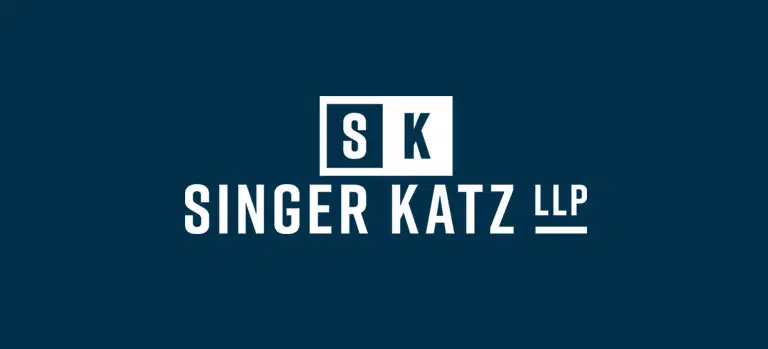
Douglas v. Stan Fergusson: Subrogated claims of a bankrupt insured
By Jason Singer
Did you ever wonder how an insurer can bring a subrogated claim where the insured goes bankrupt? Probably not, but the answer turns out to be more complicated and controversial that you might think. In Douglas v. Stan Fergusson Fuels, the Ontario Court of Appeal convened a five judge panel which split 3-2, overturning the Divisional Court’s finding (after leave was granted) which had upheld the motion judge’s decision. If you are counting, that is ten judges weighing in on this issue. It is possible that Supreme Court may have the final word.
So what is this case all about? The Plaintiff Mr. Douglas alleged that his property was contaminated with oil following a tank leak allegedly caused by the Defendants who had delivered oil to the property. Mr. Douglas contacted his insurer State Farm that accepted the claim and took steps to remediate the property. The insurer spent about $800,000 on the clean-up. In the meantime, Mr. Douglas filed for bankruptcy and a trustee became involved, which eventually sold the property. The insurer then brought this action in the name of Mr. Douglas (and his wife) claiming what it had paid out under the policy. The bankruptcy and then the trustee were discharged thereafter.
Several years into the litigation, the Defendants then brought a motion to dismiss the claim on the basis that Mr. Douglas could not bring an action because of the bankruptcy and that as a result the insurer had no right of subrogation. In response, the insurer argued that it could continue with the action under bankruptcy law, or alternatively asked to amend the claim to name itself as a subrogee.
Generally, an insurer has a right of subrogation at common law only after the insured has been fully indemnified for all losses, not before. Insurers have tried to modify that requirement by inserting language into their policies that provide a right of subrogation before full indemnification. They have also attempted to use Section 152 of the Insurance Act which allows them to do this. Section 152(1) states, “The insurer, upon making a payment or assuming liability therefor under a contract to which this Part applies, is subrogated to all rights of recovery of the insured against any person, and may bring action in the name of the insured to enforce such rights.”
Of interest in this case, in the end notes, the Court of Appeal pointed out that given that Section 152 falls within “Part IV: Fire Insurance” of the Insurance Act, this provision may not necessarily apply to the policy. The Supreme Court of Canada had held in K.P. Pacific Holdings Ltd. v Guardian Insurance that in B.C. the Fire Insurance provisions did not apply to multi-peril policies. While lower courts in Ontario have held the same way, courts in New Brunswick and Manitoba have distinguish K.P. Pacific and held that these provisions do apply to all policies. The Court of Appeal indicated that they have not yet addressed this issue and did not need to do so here because there was contractual language in the policy that allowed for early subrogation. This obiter is significant because it leaves open the question of whether Part IV of the Insurance Act including the Statutory Conditions at Section 148 apply to multi-peril policies in Ontario.
The Appellate majority held that there had been no assignment of the insurance claim by Mr. Douglas to the insurer and that cause of action was property that vested in the trustee when he filed for bankruptcy. An undischarged bankrupt does not have the capacity to commence an action. This meant that State Farm could have and should have commenced its subrogated action in the name of the Trustee. The Majority then found that the limitation period to do so had expired and would not permit any amendment to the Statement of Claim to name the trustee as State Farm could have and should have known to have done this within the limitation period. As a result it dismissed the Douglas’ (State Farms) action.
The Appellate minority agreed with the majority’s analysis that Douglas’s could not bring the action or that the insurance claim had been assigned to the insurer. It however differed from the majority on whether the insurer could attempt to amend the Statement of Claim. It would have remitted the pleadings amendment to add the trustee back to the motion’s judge for full argument as the Plaintiff had never sought this relief previously.
This decision illustrates is that the law of bankruptcy and subrogation are complicated. Where an assignment into bankruptcy is or may take place, lawyers and their clients should consult with the trustee and experts in bankruptcy law to ensure that the proper parties are named and that a viable action is possible. It also illustrates the need for the Ontario government to re-write Part IV of the Insurance Act as there continues to be uncertainty as to whether it applies to all insurance policies in Ontario.
